Blog
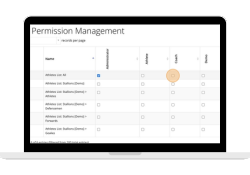
Reps for Success – User Management
USER MANAGEMENTHow To: Add a Coach or Admin and Manage Their PermissionsAdd new coaches into your app and then...

The Importance of Sleep in Athletic Performance
The Power Of Sleep Sleep is an essential component of athletic performance, often overlooked in favor of more...
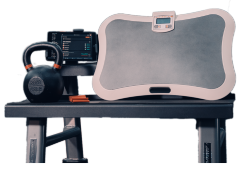
Reps for Success – Hydration Station
THE HYDRATION STATIONUsing the Hydration StationDive into how this tool can provide your athletes with hydration...

Unlocking Athlete Potential
How Data Analytics Revolutionizes Training Programs In the modern sports world, the difference between good and...

Assessing Performance Metrics in Athletes
Tracking Performance Metrics for Athlete Progress In the realm of sports and athletic training, the ability to...

Benefits of Nutrition Tracking for Athletes
Fueling Performance with Precision In the quest for peak athletic performance, nutrition plays a pivotal role....
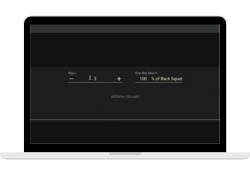
Reps for Success – Test Sets
EXPLORING TEST SETSExercise Baseline vs Shared Baseline: A Detailed OverviewEffectively use both exercise...
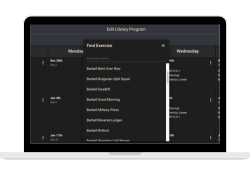
Reps for Success – Workout Builder 2
THE WORKOUT BUILDERFeature - Choice and Alternate Sets in Program BuilderAdd in Choice and Alternative Sets in...
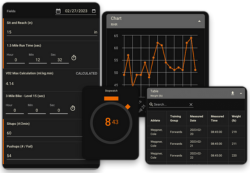
Reps for Success: Testing
TESTINGTesting Input: A Detailed OverviewDive into testing for both groups and individuals. Learn about using the...

Reps for Success – User Management
USER MANAGEMENTHow To: Add a Coach or Admin and Manage Their PermissionsAdd new coaches into your app and then...

The Importance of Sleep in Athletic Performance
The Power Of Sleep Sleep is an essential component of athletic performance, often overlooked in favor of more...

Reps for Success – Hydration Station
THE HYDRATION STATIONUsing the Hydration StationDive into how this tool can provide your athletes with hydration...

Unlocking Athlete Potential
How Data Analytics Revolutionizes Training Programs In the modern sports world, the difference between good and...

Assessing Performance Metrics in Athletes
Tracking Performance Metrics for Athlete Progress In the realm of sports and athletic training, the ability to...

Benefits of Nutrition Tracking for Athletes
Fueling Performance with Precision In the quest for peak athletic performance, nutrition plays a pivotal role....

Reps for Success – Test Sets
EXPLORING TEST SETSExercise Baseline vs Shared Baseline: A Detailed OverviewEffectively use both exercise...

Reps for Success – Workout Builder 2
THE WORKOUT BUILDERFeature - Choice and Alternate Sets in Program BuilderAdd in Choice and Alternative Sets in...

Reps for Success: Testing
TESTINGTesting Input: A Detailed OverviewDive into testing for both groups and individuals. Learn about using the...

Reps for Success – User Management
USER MANAGEMENTHow To: Add a Coach or Admin and Manage Their PermissionsAdd new coaches into your app and then...

The Importance of Sleep in Athletic Performance
The Power Of Sleep Sleep is an essential component of athletic performance, often overlooked in favor of more...

Reps for Success – Hydration Station
THE HYDRATION STATIONUsing the Hydration StationDive into how this tool can provide your athletes with hydration...

Unlocking Athlete Potential
How Data Analytics Revolutionizes Training Programs In the modern sports world, the difference between good and...

Assessing Performance Metrics in Athletes
Tracking Performance Metrics for Athlete Progress In the realm of sports and athletic training, the ability to...

Benefits of Nutrition Tracking for Athletes
Fueling Performance with Precision In the quest for peak athletic performance, nutrition plays a pivotal role....

Reps for Success – Test Sets
EXPLORING TEST SETSExercise Baseline vs Shared Baseline: A Detailed OverviewEffectively use both exercise...

Reps for Success – Workout Builder 2
THE WORKOUT BUILDERFeature - Choice and Alternate Sets in Program BuilderAdd in Choice and Alternative Sets in...

Reps for Success: Testing
TESTINGTesting Input: A Detailed OverviewDive into testing for both groups and individuals. Learn about using the...
How to Manage Athlete Compliance
While obvious, if athletes aren’t performing resistance training, strength training, or speed training, then they...
How to Create a Wellness Questionnaire Dashboard and Avoid Overtraining your Athletes
Are your athletes fatigued? Are they getting enough sleep? Keep your athletes in peak performance shape and avoid...
How to Set Up One Rep Max and 40 Yard Dash Leaderboards
CoachMePlus covers how to build a One Rep Max Leaderboard Display to show maximum squat, bench, deadlift and...
Sudden Cardiac Death with Athletes
Death in the practice or competition arena is a tragic and rare occurrence in sport. However, while the rate of...

Guide to Sleep Management in Athletes
Sleep is an essential part of recovery that nearly every coach wants optimized, yet administering a support...
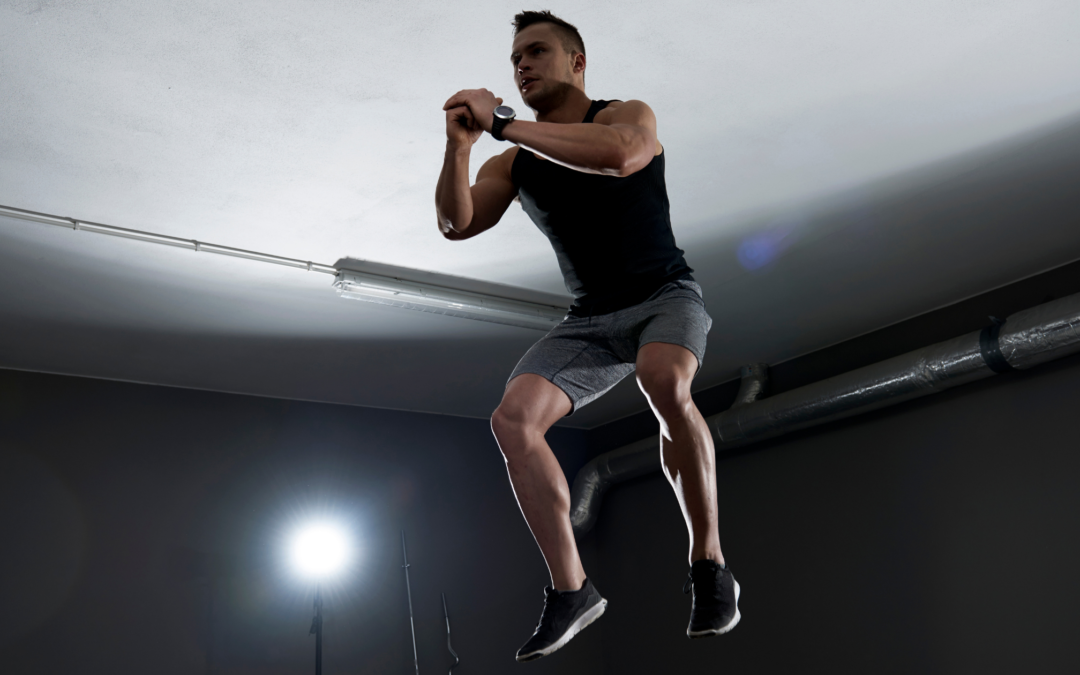
The Academy Guide to Vertical Jump Testing
The group of vertical jump tests is easy to perform for assessments of both lower-extremity explosiveness and raw talent. Currently, performance coaches and sports scientists use force plates to employ jump testing to manage power, monitor for excessive or unexpected fatigue, and identify possible talent in youth populations.

The Academy Guide to Speed and Change of Direction Testing
The best practices in speed tests, ranging from short acceleration qualities to maximal velocity ability to fitness levels with repeated sprint scoring, compatible with sprint timing gates.

The Academy Guide to One-Repetition Maximum Testing
One-repetition maximum tests are practical assessments of athlete strength and power. Because of their simplicity...

Guide to Sports Concussion
Both the awareness of and research on traumatic brain injury (TBI) in sport are growing, and this Academy Guide...
How to Manage Athlete Compliance
While obvious, if athletes aren’t performing resistance training, strength training, or speed training, then they...
How to Create a Wellness Questionnaire Dashboard and Avoid Overtraining your Athletes
Are your athletes fatigued? Are they getting enough sleep? Keep your athletes in peak performance shape and avoid...
How to Set Up One Rep Max and 40 Yard Dash Leaderboards
CoachMePlus covers how to build a One Rep Max Leaderboard Display to show maximum squat, bench, deadlift and...
Sudden Cardiac Death with Athletes
Death in the practice or competition arena is a tragic and rare occurrence in sport. However, while the rate of...

Guide to Sleep Management in Athletes
Sleep is an essential part of recovery that nearly every coach wants optimized, yet administering a support...

The Academy Guide to Vertical Jump Testing
The group of vertical jump tests is easy to perform for assessments of both lower-extremity explosiveness and raw talent. Currently, performance coaches and sports scientists use force plates to employ jump testing to manage power, monitor for excessive or unexpected fatigue, and identify possible talent in youth populations.

The Academy Guide to Speed and Change of Direction Testing
The best practices in speed tests, ranging from short acceleration qualities to maximal velocity ability to fitness levels with repeated sprint scoring, compatible with sprint timing gates.

The Academy Guide to One-Repetition Maximum Testing
One-repetition maximum tests are practical assessments of athlete strength and power. Because of their simplicity...

Guide to Sports Concussion
Both the awareness of and research on traumatic brain injury (TBI) in sport are growing, and this Academy Guide...
How to Manage Athlete Compliance
While obvious, if athletes aren’t performing resistance training, strength training, or speed training, then they...
How to Create a Wellness Questionnaire Dashboard and Avoid Overtraining your Athletes
Are your athletes fatigued? Are they getting enough sleep? Keep your athletes in peak performance shape and avoid...
How to Set Up One Rep Max and 40 Yard Dash Leaderboards
CoachMePlus covers how to build a One Rep Max Leaderboard Display to show maximum squat, bench, deadlift and...
Sudden Cardiac Death with Athletes
Death in the practice or competition arena is a tragic and rare occurrence in sport. However, while the rate of...

Guide to Sleep Management in Athletes
Sleep is an essential part of recovery that nearly every coach wants optimized, yet administering a support...

The Academy Guide to Vertical Jump Testing
The group of vertical jump tests is easy to perform for assessments of both lower-extremity explosiveness and raw talent. Currently, performance coaches and sports scientists use force plates to employ jump testing to manage power, monitor for excessive or unexpected fatigue, and identify possible talent in youth populations.

The Academy Guide to Speed and Change of Direction Testing
The best practices in speed tests, ranging from short acceleration qualities to maximal velocity ability to fitness levels with repeated sprint scoring, compatible with sprint timing gates.

The Academy Guide to One-Repetition Maximum Testing
One-repetition maximum tests are practical assessments of athlete strength and power. Because of their simplicity...

Guide to Sports Concussion
Both the awareness of and research on traumatic brain injury (TBI) in sport are growing, and this Academy Guide...
No Results Found
The page you requested could not be found. Try refining your search, or use the navigation above to locate the post.
No Results Found
The page you requested could not be found. Try refining your search, or use the navigation above to locate the post.
No Results Found
The page you requested could not be found. Try refining your search, or use the navigation above to locate the post.
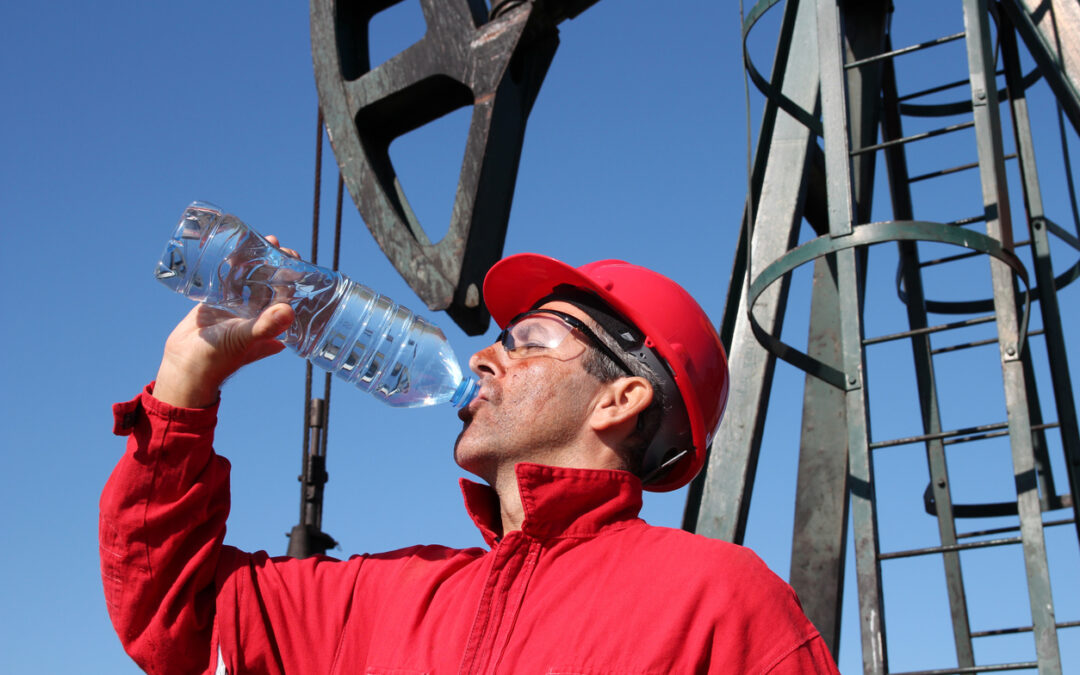
Industrial Athlete Hydration
Industrial Athlete Hydration Industrial athletes, also known as occupational athletes, are individuals who...

The Sports Hydration Station: A Perfect Athlete Hydration Solution
Hydration Station with CoachMePlus Hydration Station is the perfect way for athletes to access their daily...
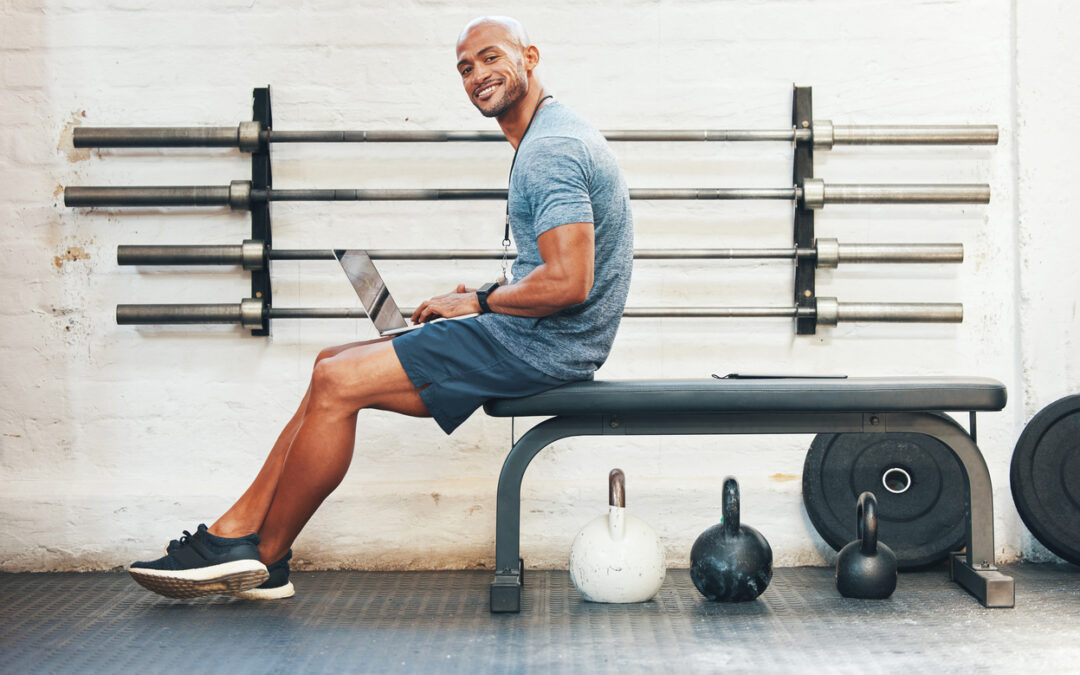
Staying Organized as a Remote Coach
Some of the biggest struggles in staying organized while remote coaching include: Managing a large number of...

Keeping Your Clients Motivated with their Training Goals Post-Resolution
New Year's Resolution to get healthy in January of the coming year. ‘Tis the season for new gym memberships, new...

Workplace Safety and Injury Prevention in Industrial Athletes
The safety of your industrial athletes is crucial. But What is an Industrial Athlete? Learn more about workplace safety and injury prevention.

How CoachMePlus Can Help You Optimize Sports Performance Coaching | CoachMePlus
Sports performance coaching is more readily available than ever. Here’s How CoachMePlus can help you optimize sports performance coaching.

5 Funding Ideas for Your High School Sports Team
High School Sports Team As the director or administrator of a high school...
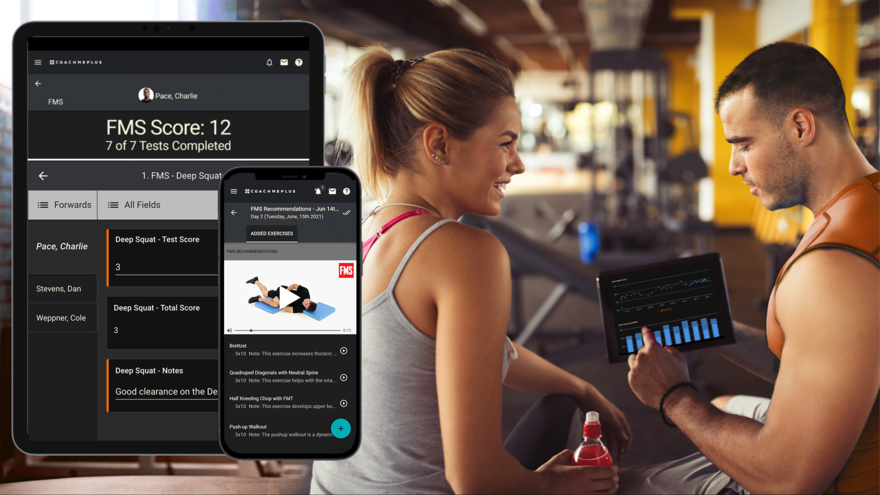
Benefits of Movement Screening with FMS
Join Michele Desser, Director of Education at Functional Movement Systems and Mike Zangl, Lead Performance...

APRE Training: What You Need to Know to Get Started
For years, people have hammered out exercises in a familiar pattern, with the most popular being three sets of...

Industrial Athlete Hydration
Industrial Athlete Hydration Industrial athletes, also known as occupational athletes, are individuals who...

The Sports Hydration Station: A Perfect Athlete Hydration Solution
Hydration Station with CoachMePlus Hydration Station is the perfect way for athletes to access their daily...

Staying Organized as a Remote Coach
Some of the biggest struggles in staying organized while remote coaching include: Managing a large number of...

Keeping Your Clients Motivated with their Training Goals Post-Resolution
New Year's Resolution to get healthy in January of the coming year. ‘Tis the season for new gym memberships, new...

Workplace Safety and Injury Prevention in Industrial Athletes
The safety of your industrial athletes is crucial. But What is an Industrial Athlete? Learn more about workplace safety and injury prevention.

How CoachMePlus Can Help You Optimize Sports Performance Coaching | CoachMePlus
Sports performance coaching is more readily available than ever. Here’s How CoachMePlus can help you optimize sports performance coaching.

5 Funding Ideas for Your High School Sports Team
High School Sports Team As the director or administrator of a high school...

Benefits of Movement Screening with FMS
Join Michele Desser, Director of Education at Functional Movement Systems and Mike Zangl, Lead Performance...

APRE Training: What You Need to Know to Get Started
For years, people have hammered out exercises in a familiar pattern, with the most popular being three sets of...

Industrial Athlete Hydration
Industrial Athlete Hydration Industrial athletes, also known as occupational athletes, are individuals who...

The Sports Hydration Station: A Perfect Athlete Hydration Solution
Hydration Station with CoachMePlus Hydration Station is the perfect way for athletes to access their daily...

Staying Organized as a Remote Coach
Some of the biggest struggles in staying organized while remote coaching include: Managing a large number of...

Keeping Your Clients Motivated with their Training Goals Post-Resolution
New Year's Resolution to get healthy in January of the coming year. ‘Tis the season for new gym memberships, new...

Workplace Safety and Injury Prevention in Industrial Athletes
The safety of your industrial athletes is crucial. But What is an Industrial Athlete? Learn more about workplace safety and injury prevention.

How CoachMePlus Can Help You Optimize Sports Performance Coaching | CoachMePlus
Sports performance coaching is more readily available than ever. Here’s How CoachMePlus can help you optimize sports performance coaching.

5 Funding Ideas for Your High School Sports Team
High School Sports Team As the director or administrator of a high school...

Benefits of Movement Screening with FMS
Join Michele Desser, Director of Education at Functional Movement Systems and Mike Zangl, Lead Performance...

APRE Training: What You Need to Know to Get Started
For years, people have hammered out exercises in a familiar pattern, with the most popular being three sets of...
